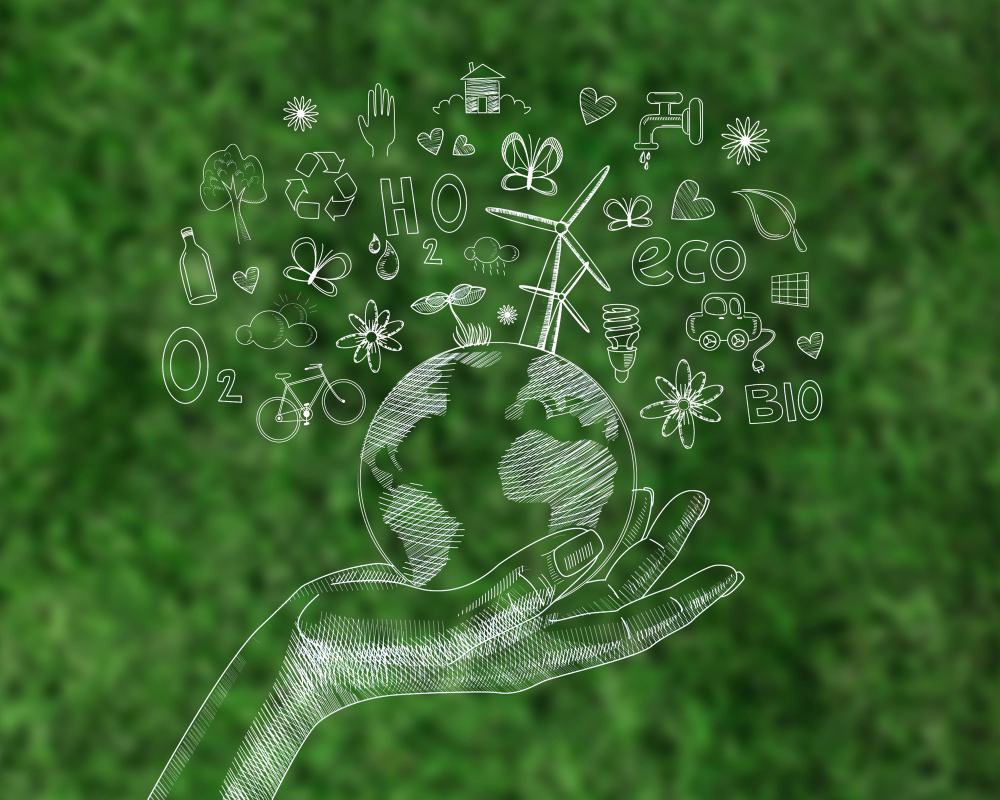
The Rise of Eco-Friendly Housing: Sustainable Living Solutions
In a world where climate change is no longer a distant threat but a pressing reality, sustainable living is not just a trend—it’s a necessity. Amidst the sea of changes we’re witnessing, one of the most significant shifts is occurring in the place we call home. Eco-friendly housing is on the rise, offering a beacon of hope for a greener, cleaner, and more sustainable future. Let’s dive into what this means for our planet and for us as individuals seeking to make a positive impact.
Understanding Eco-Friendly Housing
What makes a house eco-friendly, anyway? It’s all about design, construction, and operation that respects the environment and conserves resources. Eco-friendly houses reduce waste and pollution, save energy and water, and often use materials that are recycled or sustainable.
These homes don’t just benefit the Earth; they’re also healthier for the people living in them. Better air quality, natural lighting, and the use of non-toxic materials can make a real difference in how you feel day to day. Plus, they tend to save you money over time, thanks to lower utility bills.
Key Features of Sustainable Homes
So, what can you expect to see in an eco-friendly home? Here are some key features that define sustainable living solutions:
- Energy Efficiency: Well-insulated walls, high-efficiency HVAC systems, LED lighting, and Energy Star appliances all help to reduce electricity consumption.
- Water Conservation: Low-flow toilets, drought-resistant landscaping (also known as xeriscaping), and rainwater harvesting systems all help to save that precious H2O.
- Renewable Energy: Solar panels, wind turbines, and sometimes even geothermal systems provide clean energy that reduces reliance on fossil fuels.
- Sustainable Materials: From bamboo flooring to recycled metal roofing, the materials in an eco-friendly house are chosen for their low impact on the environment.
- Smart Technology: Smart thermostats and appliances help manage energy consumption efficiently, even when you’re not at home.
The Benefits of Living in an Eco-Friendly Home
When you live in an eco-friendly home, you’re not just doing your part to save the planet; you’re also setting yourself up for a healthier lifestyle and lower living costs.
Healthier Living Environment
Indoor air quality is often better in eco-friendly houses because of the use of non-toxic materials and improved ventilation. This can mean fewer health issues related to allergies and respiratory problems.
Lower Utility Bills
Thanks to energy-efficient appliances and design, eco-friendly houses typically have much lower utility bills. Over time, those savings can be significant—good for your wallet and good for the Earth.
Increased Home Value
As more people become interested in sustainable living, eco-friendly homes are increasing in value. Future buyers are willing to pay more for a home that will save them money and help them live sustainably.
Reduced Carbon Footprint
By using less energy and water and taking advantage of renewable resources, eco-friendly houses produce fewer greenhouse gases, contributing to a better future for our planet.
Trends in Sustainable Housing
Now that we understand the benefits, let’s look at some trends shaping the future of eco-friendly housing.
Net-Zero Homes: These are homes that produce as much energy as they consume, often through solar panels and other renewable resources. Net-zero homes are at the forefront of eco-friendly living.
Green Roofs and Living Walls: It’s not just about what’s inside the house—green roofs and living walls help insulate a building, improve air quality, and create a habitat for wildlife, all while looking beautiful.
Smart Homes: With the advent of the Internet of Things (IoT), smart homes are now able to manage energy consumption more effectively than ever, with all the convenience modern technology offers.
Tiny House Movement: A smaller home means a smaller environmental impact. Tiny houses are becoming popular as people embrace minimalism and recognize that they don’t need a huge space to live comfortably.
Challenges and Considerations
While eco-friendly housing offers many benefits, there are still challenges to be addressed.
Building Costs: Upfront costs for building or renovating a home to be eco-friendly can be higher. However, it’s important to consider the long-term savings and environmental benefits.
Accessibility: Eco-friendly materials and technologies aren’t available everywhere, and sometimes regulations haven’t caught up with green building practices.
Education: There’s still a need for widespread education about the benefits of sustainable living and how individuals can make a difference in their choices.
Embracing Sustainable Living
Eco-friendly housing is not just a passing trend; it’s the future of how we think about our homes and our environment. By choosing to live in a way that values sustainability, each of us can contribute to a healthier planet and a better quality of life.
The movement towards green living grows stronger every day, with more eco-friendly options becoming available to homeowners and builders alike. Interested in joining the movement? Here’s how you can start:
- Consider small changes, like energy-efficient light bulbs or low-flow faucets, to reduce your environmental impact without a massive overhaul.
- If you’re building or renovating, research green building practices and materials—and seek out professionals with experience in sustainable construction.
- Be open to new ideas, like solar power or a rain garden, to set an example in your community and inspire others to embrace eco-friendly choices.
Climate change is a challenge we all face, and the decisions we make regarding our homes play a vital role in confronting this global issue. The rise of eco-friendly housing proves that sustainable living solutions are not only desirable but also achievable. By championing changes in our living spaces, we are paving the way for a more sustainable future—one home at a time.